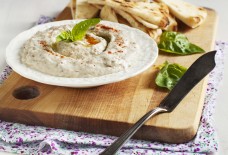Cultural Wear in the Arab World
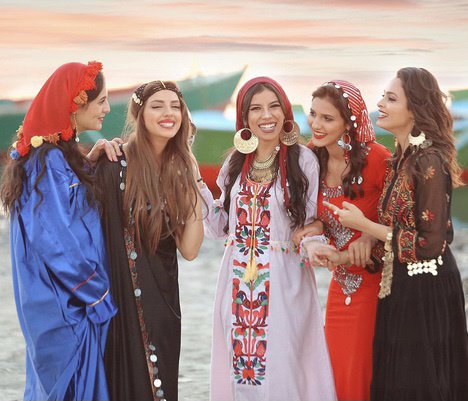
By: Yaara Aleissa / Arab America Contributing Writer
A sense of identity
The Arab world comprises 22 countries. Divided into four regions: the Levant, the Gulf, North Africa, and Sudan. Each country identifies itself with a unique sense of style. The differences in each country’s form of dress influenced by factors such as weather, traditional practices, and the ruling of historic empires. The Arab world isn’t simply the stereotype of veils and robes. There is a vast diversity in these nations.
There are some important things to keep in mind. The clothing items in this article are not exclusive. The Arab world has showcased itself to be a region with many different influences. Two of the most prominent are French and Islamic influences. In Morocco, Algeria, Tunisia, and Lebanon, French is spoken or integrated with the local dialect. Islam is the dominant religion in all the countries of the Arab world where traditions of old Islamic empires still shine through.
North African Cultural Wear
The countries of North Africa for this focus include Morocco, Algeria, Tunisia, Libya, and Egypt. In these regions, the climate varies constantly with the mountain ranges and nearby coasts.
A common dress in Morocco is the djellaba. It is a long loose dress with wide loose-fitting sleeves. Making it a wonderful piece to tackle the weather on a particularly warm day. On the other hand, in Egypt, it is worn by farmers along the Red Sea coast. The flowy sleeves and wide attire make it easy for farmers to use the extra space to carry crops and work in the heat.
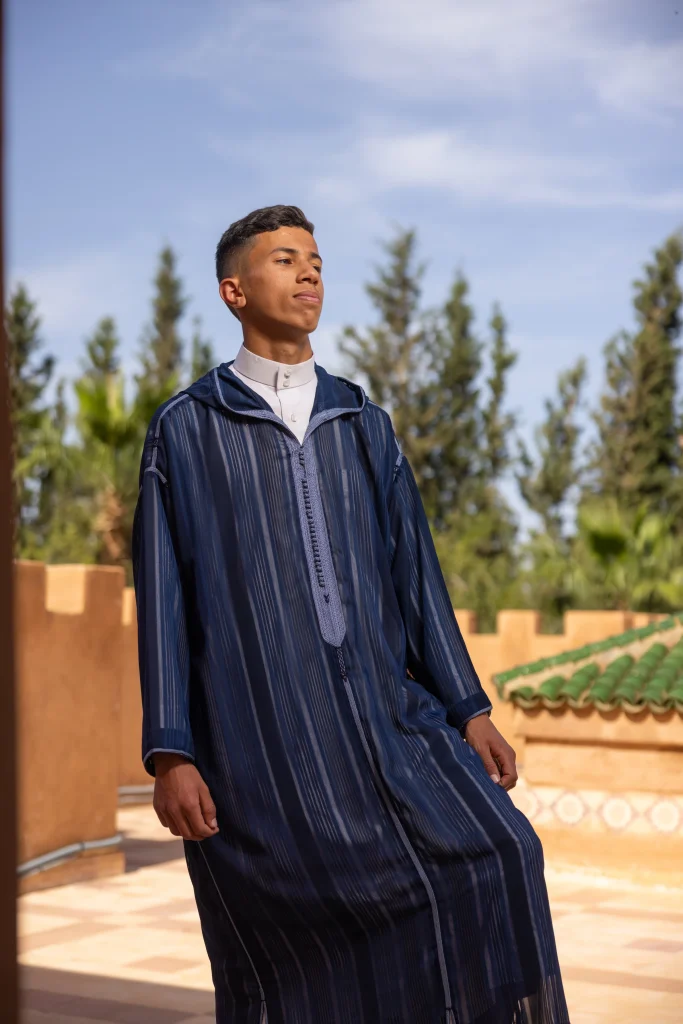
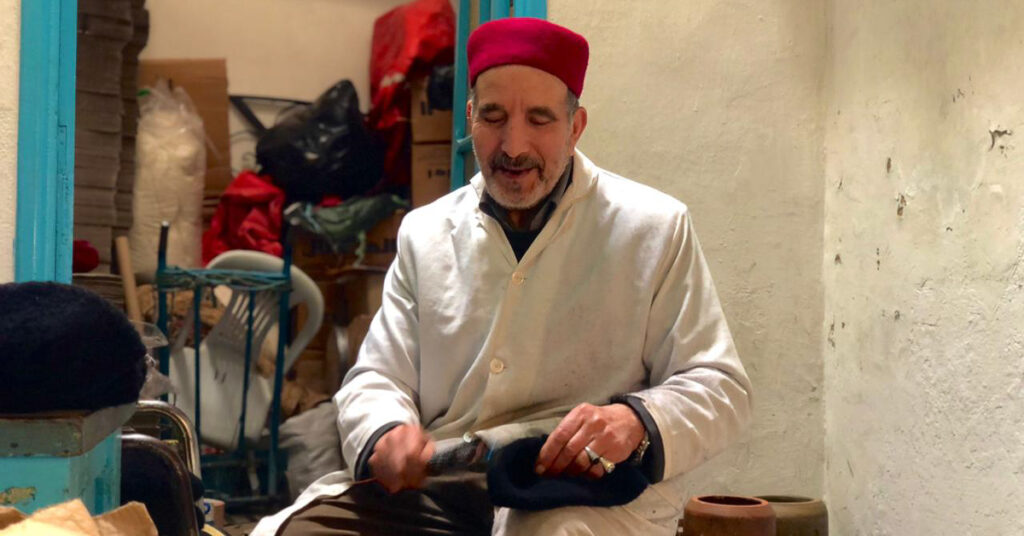
The djellaba can also be seen combined with the kaffiyeh, a traditional headdress made from a square scarf. The kaffiyeh helps protect from sunburn, dust, and sand. This style, in most cases, may be geared more toward men. However, there are other forms of headwear in the region. In Tunisia, the round red-felt chechia hat is one of the most distinctive male attires.
In Algeria, embroidery and the use of colors are a huge part of the cultural wear. For women, Karakou embodies this both. It is an embroidered jacket that has found popularity at weddings and important gatherings.
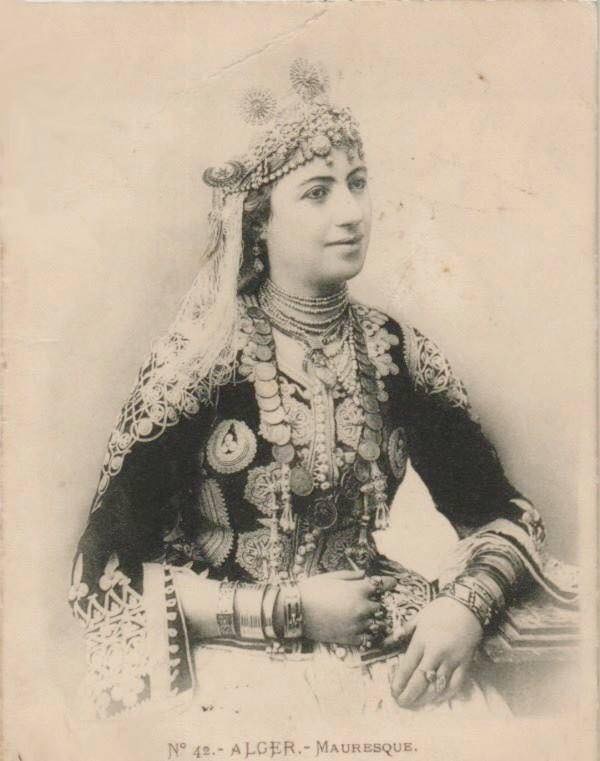
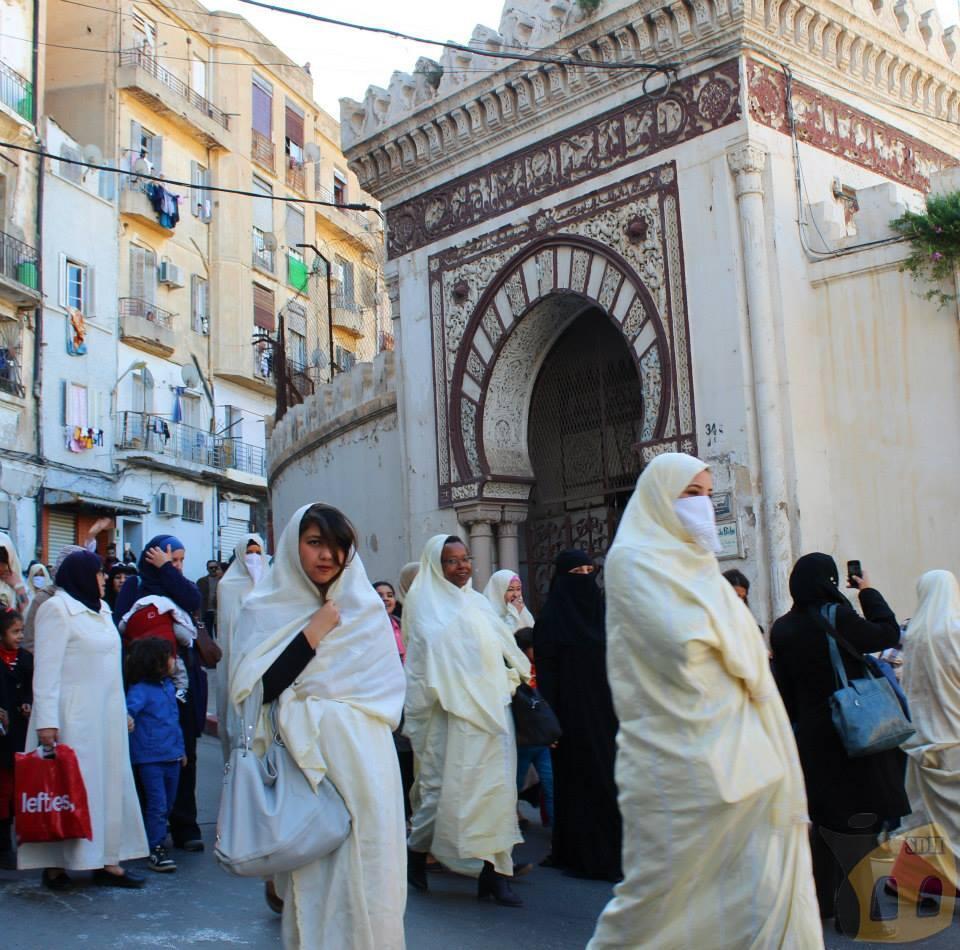
In Libya, like a majority of the modern Arab world, Western dress had infiltrated the cities. However, in rural areas, many of the traditional dress styles still remain predominant. In this case, it is the Haik, a large white cloth wrap, serving as a veil and body cover. It serves as a symbol of modesty for many women.
Sudanese cultural wear
In Sudan and South Sudan, there is a strong sense of cultural pride. One that is the most distinctive to the remaining Arab countries.
One of the styles for women is the toub, a long, thin, colorful wrap typically worn on top of shirts or dresses. It is normally long enough to cover the head up to the torso. For men in the region, jalabiya is a popular fashion choice. With each tribe adding its own details to the style, jalabiya is a loose-fitting outfit. With wide long sleeves, simple, round, collarless neckline, as well as big side pockets. Usually worn alongside a fabric turban called Imma.
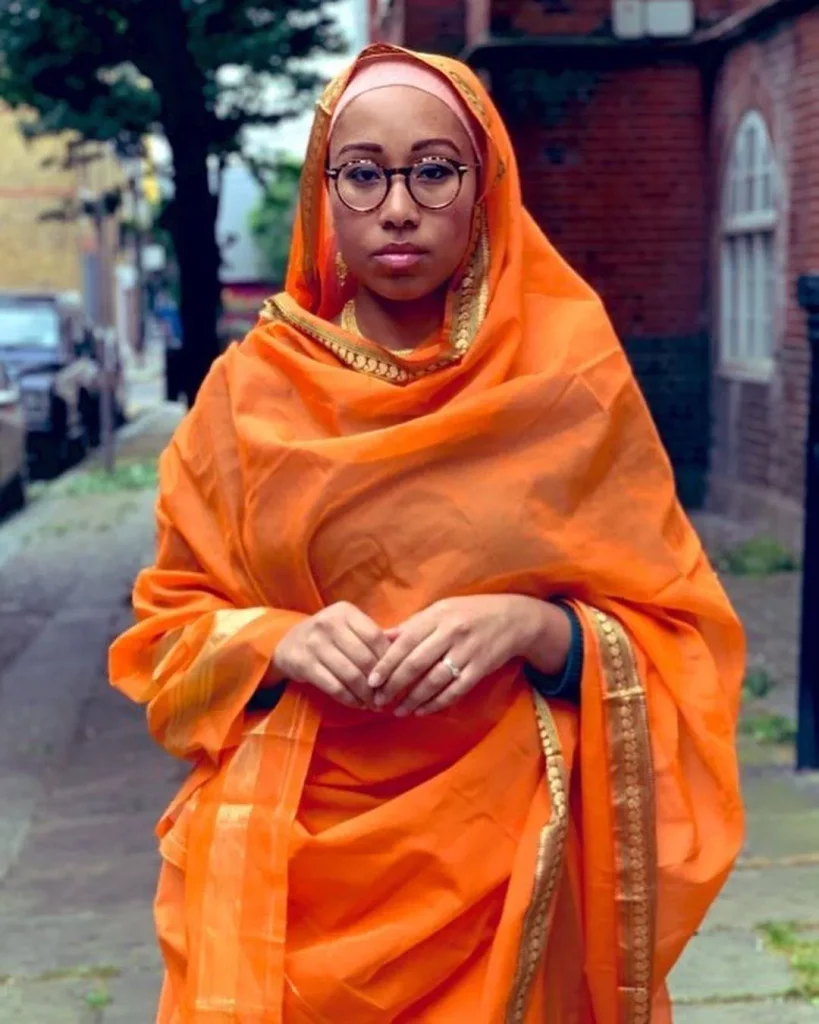
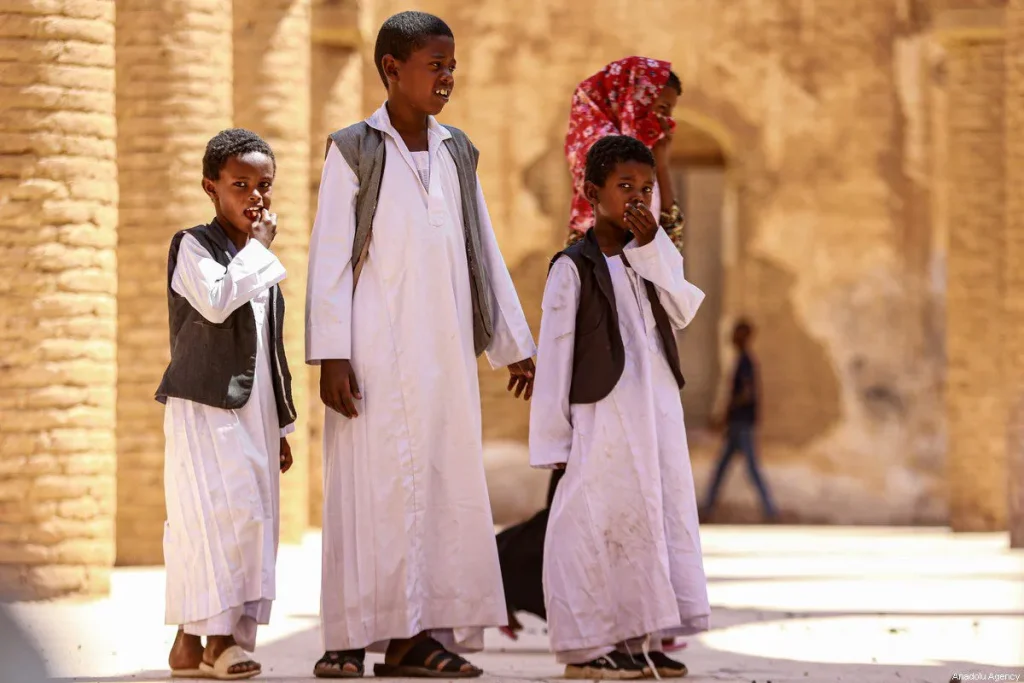
The Levant cultural wear
Making up the Levant region is Jordan, Palestine, Lebanon, and Syria. These countries share some commonalities, embedding the color red in many of their cultural dress.
In Jordan, one of the most common headdresses is the red and white checkered scarf called shemagh mhadab. The color red stands for the values of the Bedouin culture. The bigger the tassels, the higher the importance of the wearer. It is worn by men, women, and tourists to the country.
In Palestine, some of the daily wear is the same but one of the stark differences is the headgear. There is a checkered black and white patterned head gear called a keffieh.
In Lebanon, a popular style is sherwal. They are baggy trousers that make for comfortable daily wear. They showcase similarities to the Gulf’s dishdasha. This garment is worn fashionably by many women but also by Lebanese countrymen.
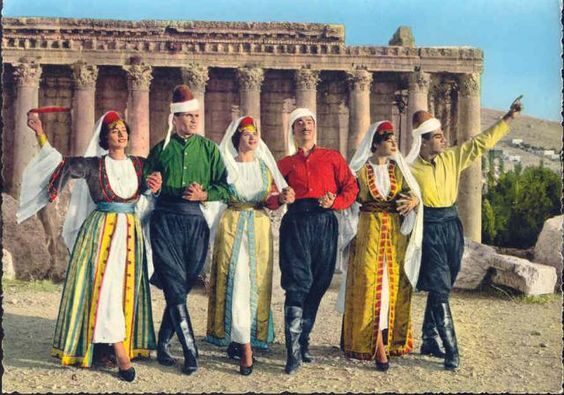
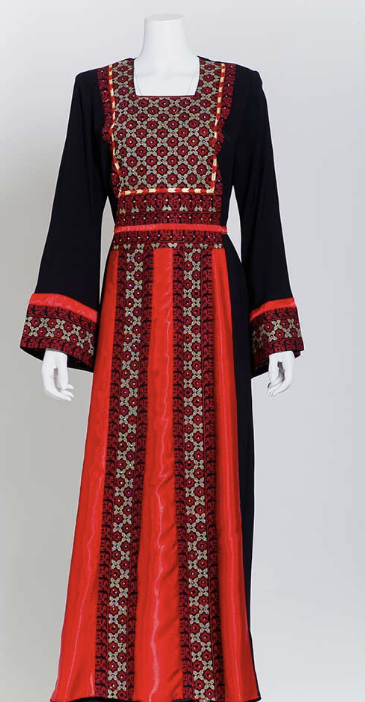
The style of Syria takes a different spin from the Gulf completely. With thob being a popular garment among women. Typically dyed black and red with a belt of similar color. The same color patterns as Jordanian wear. For men, sirwal is popular. It is similar to the Lebanese style of sherwal with long loose trousers. However, the colors for these are typically black or neutral colors.
The Gulf cultural wear
Last but not least, the Gulf region makes up Iraq, the UAE, Saudi Arabia, Kuwait, Qatar, Oman, Bahrain, and Yemen.
Some detail that is universal within the region of these Muslim-majority countries is religious status based on the color of a turban. Men who wear black turbans are linked to the Shi’a sect of Islam. While men with white turbans are associated as apprentices in the Shi’a hierarchy of scholars.
The most traditional form of dress can be found in Saudi Arabia for its enforcement of modesty. The traditional dress for women is called the abaya. Also a popular dress for women in Iraq. Abaya covers the entire body except the face, hands, and feet. It comes in a variety of colors and designs.
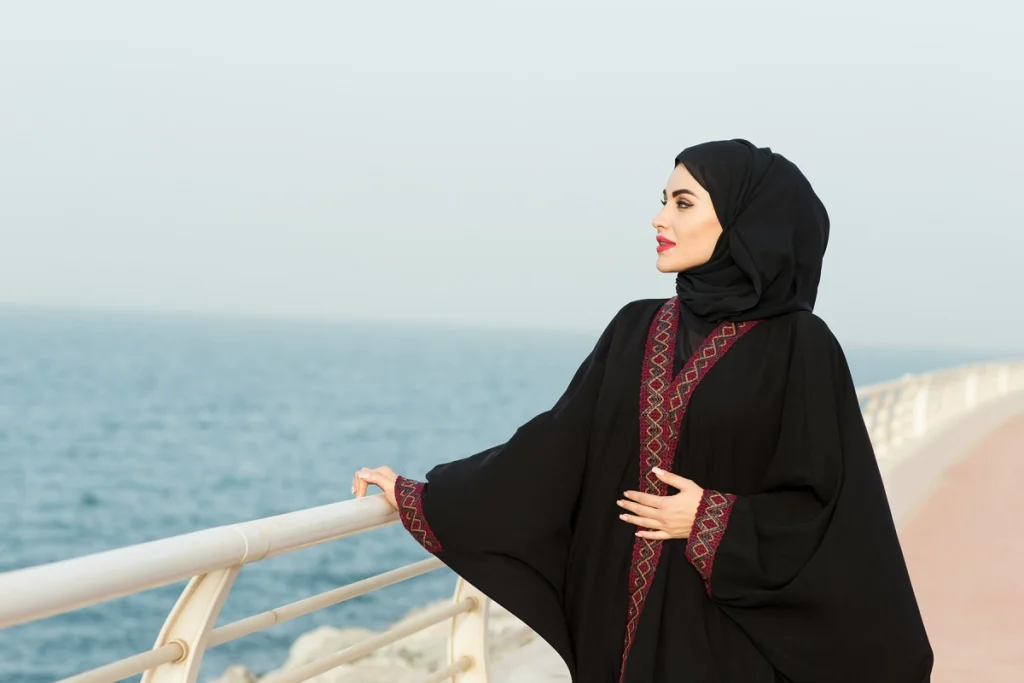
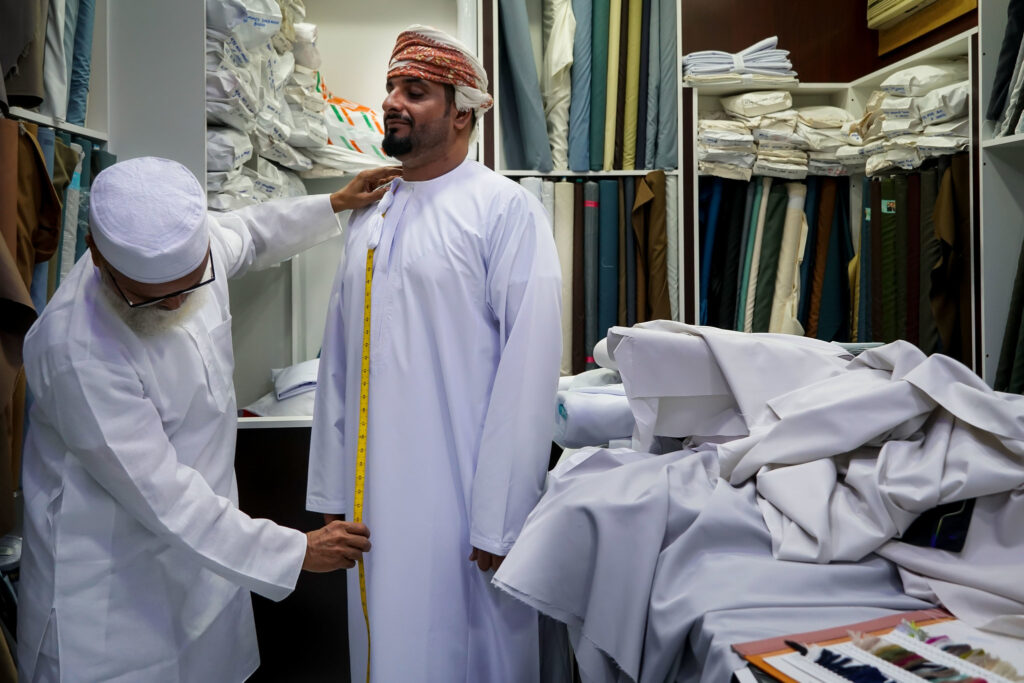
The definition of modesty in the Arab world varies from country to country. Abaya and jilbab, a full facial covering, may be popular in Saudi Arabia but that doesn’t ring true for the remaining Gulf countries.
For men in Qatar, Kuwait, Bahrain, and Oman dishdasha is a very popular wear. It has shined its presence in almost all of the Gulf. It also sees its use in women’s wear as well. The dishdasha is a loose dress with a shirt collar. It comes in lighter earth tones.
Fashion today
In the Arab world, these forms of dress and the expression of them may not be as vividly present on a daily basis. For many of the younger generations that intercross with Western fashion has dominated. Many Western brands exist in high regard. However, the respect and admiration for their nation’s culture still lingers. Coming out during holidays, weddings, or special gatherings. These forms of fashion have survived centuries and will continue to live on for another day.
Check out Arab America’s blog here!



